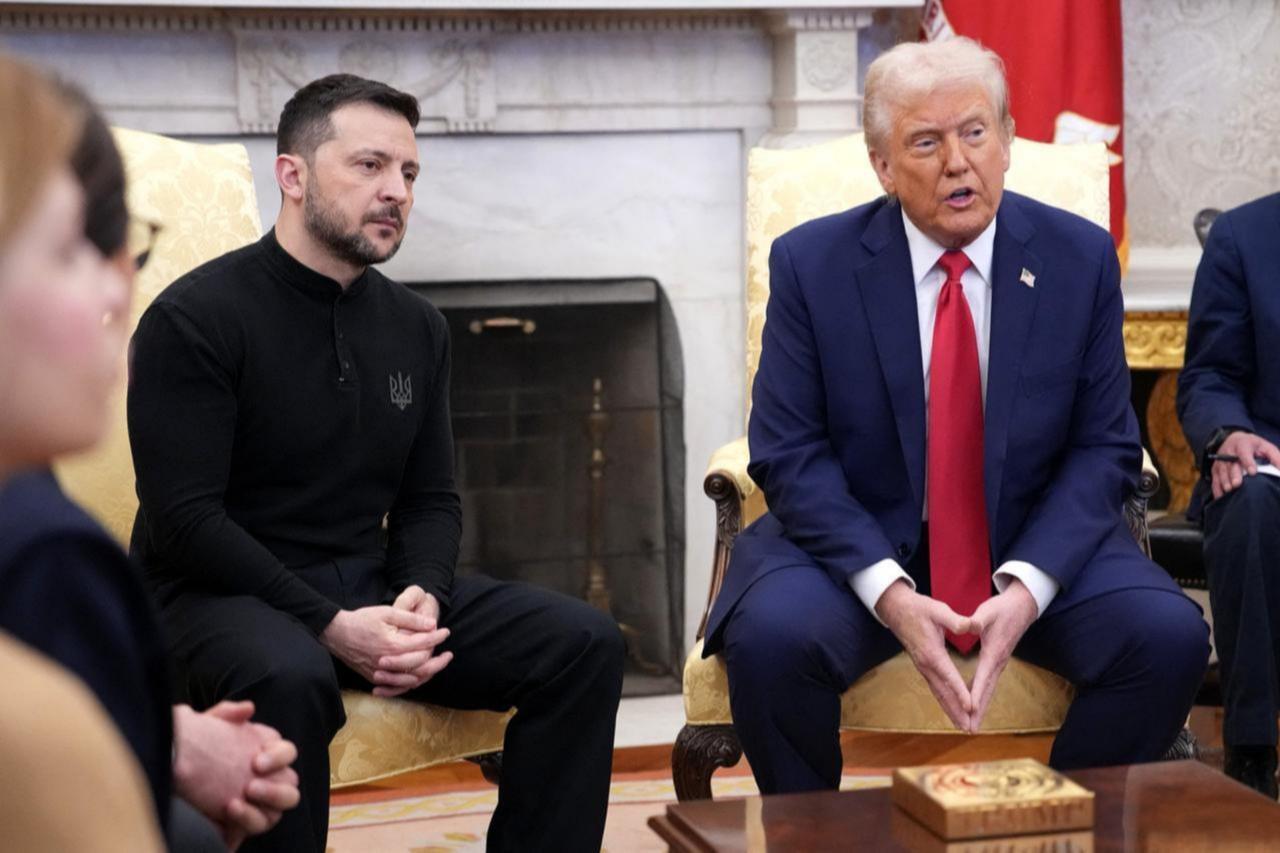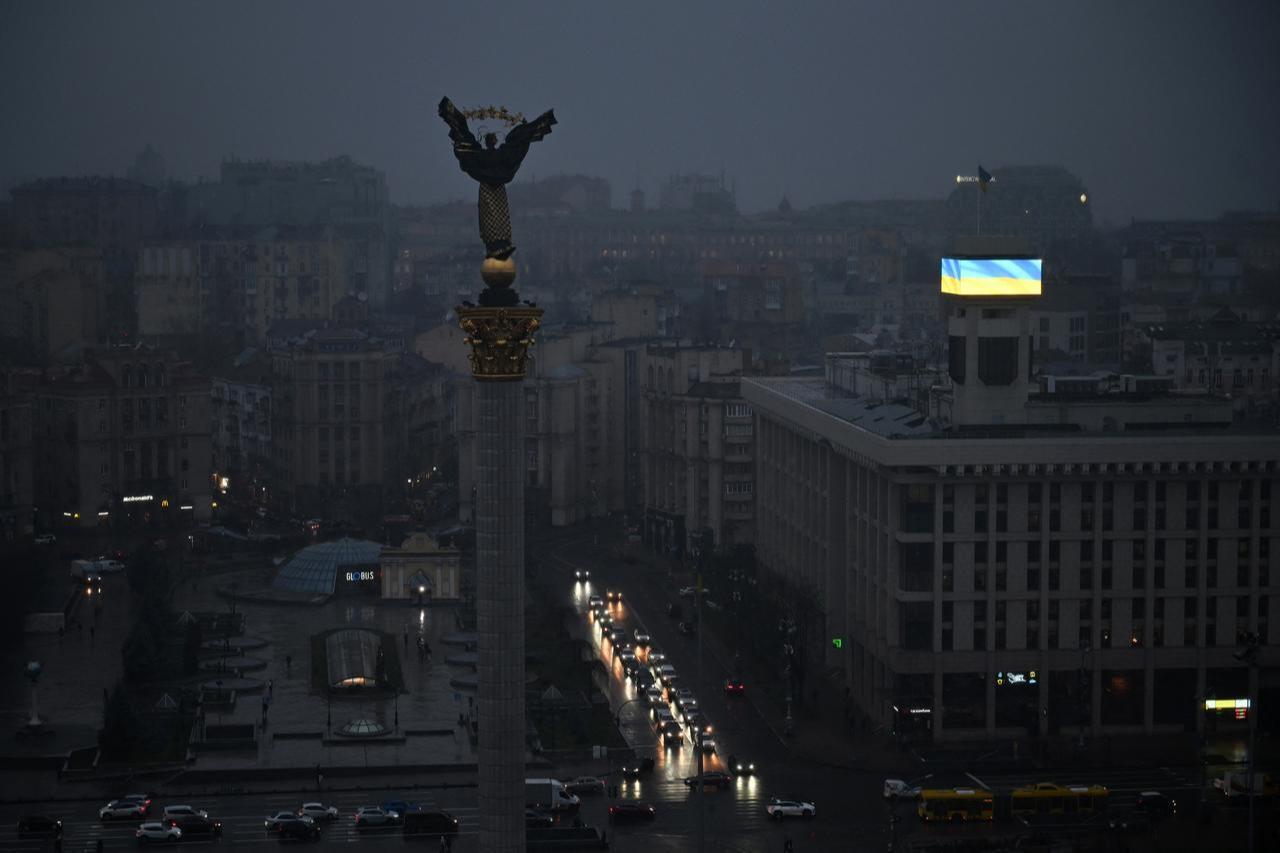
Ukraine's Presidential Office confirmed on Thursday that it had received a draft proposal from the United States aimed at ending the war with Russia and expressed readiness to begin discussions with Washington on the document’s contents.
Ukrainian President Volodymyr Zelenskyy is expected to meet with U.S. President Donald Trump "in the coming days" to discuss the draft plan, signaling a new phase in Ukraine’s diplomatic engagement with Washington following months of military stalemate.
The office said Ukraine was prepared "to work constructively with the American side" and would begin evaluating the draft’s provisions with the goal of achieving a "dignified end to the war."
No details about the plan’s specific proposals were disclosed.
Although Kyiv refrained from publicly assessing the proposal’s contents, a U.S. official separately confirmed to CBS News that President Trump had approved a 28-point draft plan to end the war, noting that the proposal had been under quiet development for about a month, with input from both Russian and Ukrainian representatives.
According to another U.S. news outlet, Axios, U.S. special envoy Steve Witkoff reportedly led the initiative, consulting with both Moscow and Kyiv to incorporate their feedback. The document was reportedly drafted in coordination with Kirill Dmitriev, an adviser to Russian President Vladimir Putin, during a face-to-face meeting last month in Miami, following U.S. sanctions on Russia’s major oil companies, Lukoil and Rosneft, which compelled them to relinquish their international assets.
The involvement of Russian officials in the drafting of the plan has raised concerns in Kyiv and among European leaders. A senior Ukrainian source told AFP that "it seems that the Russians proposed this to the Americans, they accepted it," while adding uncertainty over whether the initiative was truly led by President Trump or his close advisers.
This ambiguity, coupled with the lack of any publicly disclosed Russian concessions, has fueled speculation that the plan leans heavily toward Moscow’s negotiating position. Despite its endorsement by the Trump administration, Ukraine has not publicly backed the proposal and has instead emphasized the need for further discussion with both American and European stakeholders.
EU foreign policy chief Kaja Kallas emphasized that any peace deal must involve Kyiv and Brussels and criticized the lack of Russian concessions. U.S. Secretary of State Marco Rubio similarly stressed that lasting peace would require difficult compromises from both sides and said the U.S. would keep developing ideas based on feedback from all parties.

Sources familiar with the document described it as reflecting key Russian demands—particularly in the areas of territorial recognition and military restructuring—while offering Ukraine only vague prospects of future security guarantees.
According to AFP, the draft plan calls for Ukraine to officially recognize the Russian annexation of Crimea, along with the regions of Donetsk, Lugansk, Zaporizhzhia, and Kherson. These regions, collectively comprising about 20 percent of Ukrainian territory, were seized by Russian forces during its full-scale invasion beginning in 2022.
Crimea was annexed by Russia in 2014. In previous negotiations, Moscow has demanded Ukraine’s full withdrawal from Donetsk and Lugansk as a precondition for freezing the front lines in southern areas such as Zaporizhzhia and Kherson.
Zelenskyy has consistently reiterated that Ukraine will never acknowledge Russian control over its sovereign territory, although officials in Kyiv have occasionally signaled a willingness to explore diplomatic options for regaining lost regions.
Beyond territorial issues, the plan reportedly includes provisions that would force Ukraine to significantly reduce its military capabilities. According to sources cited by AFP, the proposal would require Ukraine to scale back its armed forces to 400,000 personnel—less than half of its current strength—and to relinquish all long-range missile systems.

The document also reportedly contains language barring any future deployment of Western troops on Ukrainian soil, aligning with longstanding demands made publicly by the Kremlin.
While the plan includes references to potential security guarantees from the United States and Europe, these commitments are described as vague. Ukrainian officials have long called for stronger and more binding security mechanisms, such as NATO membership, Article 5-style collective defense provisions, or the deployment of a European peacekeeping mission. These guarantees, Kyiv has argued, are necessary to deter renewed aggression by Russia in the future.
As diplomatic channels reopened, military developments on the ground have remained volatile. On Wednesday, Russian missile strikes devastated a residential apartment building in the western Ukrainian city of Ternopil. According to Ukrainian authorities, the attack killed at least 26 civilians, including three children. Nineteen of the victims were burned alive inside their homes, and emergency workers were still searching for survivors the following day.
The strike occurred as U.S. Army Secretary Dan Driscoll arrived in Kyiv, a day after Washington approved a $100 million package to upgrade Ukraine’s Patriot missile defense systems.
Despite these efforts, President Zelenskyy reiterated his stance in remarks delivered Wednesday: "There can be no reward for waging war."